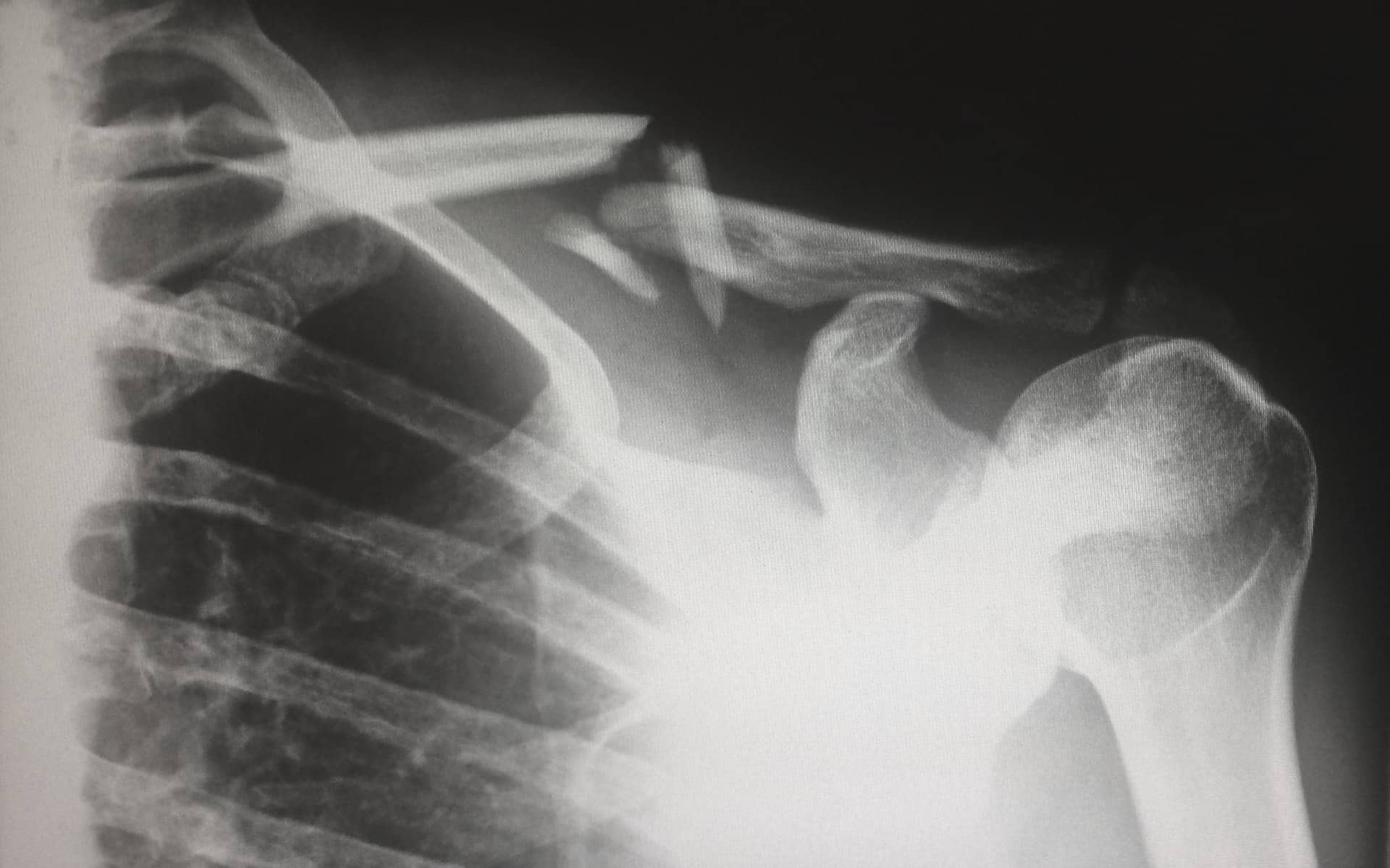Unfortunately, drivers that cause personal injury sometimes break the law by not having a valid insurance policy. All is not lost, though – there are options for those injured by negligent uninsured or underinsured drivers to claim compensation for their injuries.
This article looks at potential options, along with a recent case before the Ontario Superior Court of Justice in which an accident victim claimed under an insurance policy taken out by his child’s mother.
The law in this area is very complex. If you have been injured by an uninsured driver or in a hit-and-run, it is important to seek the advice of an experienced personal injury lawyer. Notice periods for claims are often short, so it is important to act as quickly as possible.
Claiming through the Motor Vehicle Accident Claims Fund
Ontario has a Motor Vehicle Accident Claims Fund that allows people injured in a car accident without automobile insurance to claim accident benefits and compensation for personal injury. It is often described as the last resort.
Claims can be made by people living in Ontario that were injured in a collision in Ontario where no one had auto insurance. Claims can be made for up to $200,000 in compensation per accident, plus legal costs.
For example, this might be useful if you were injured as a pedestrian or cyclist and do not have access to insurance.
Claiming under your own auto insurance policy
This policy will apply if you were injured by an uninsured driver and have an automobile insurance policy. Alternatively, if you were injured as an occupant of an insured vehicle, the claim is made to the insurer of that vehicle.
Section 265 of Ontario’s Insurance Act requires insurance policies to include uninsured automobile coverage. This requires the insurance company to pay the amount you are entitled to recover from the uninsured driver in the event of your injury, up to the limit of $200,000 per accident.
If the claim exceeds this amount and the Family Protection Endorsement (OPCF-44R) was added to the insurance policy, this may also assist.
Claiming under your spouse’s auto insurance policy
Another example of a potential claim option is claiming under your spouse’s auto insurance policy. Section 265 of the Insurance Act defines a person insured under the insurance contract to include the policyholder’s spouse, in respect of a claim for bodily injuries or death, while an occupant of an uninsured automobile or while not an occupant of an automobile when struck by an uninsured or unidentified automobile.
This was the route selected by the plaintiff in the recent case mentioned above.
Plaintiff was injured as a pedestrian by an uninsured driver
In Holtzhauer v Intact Insurance Company of Canada, the plaintiff was seriously injured after being struck by an uninsured vehicle while walking on Highway 7 in the City of Guelph.
He brought an action against the driver and claimed that the defendant’s insurance company should be held liable if the driver was found uninsured or the limit of his insurance policy was inadequate to meet the claim.
Plaintiff claimed he was covered under an insurance policy as a spouse
The insurance policy was in the name of the plaintiff’s child’s mother. The plaintiff claimed that he was her spouse at the time of the accident and was therefore covered by the policy because of the definition of insured person under section 265 of the Insurance Act.
In respect of unmarried persons, “spouse” is defined for the purposes of this section as having lived together in a conjugal relationship:
- continuously for a period of not less than three years; or
- in a relationship of some permanence if the two people are the parents of a child.
The insurance company argued that the plaintiff was not the policyholder’s spouse when the accident occurred. Although it agreed that they had lived together in a conjugal relationship of some permanence, it claimed they had ceased living in such a relationship before the accident.
The plaintiff and policyholder lived together but with interruptions
The court examined evidence of the couple’s relationship. After their child was born, they went through periods of verbal arguments resulting in the police and Family Services being called.
A year before the accident and following one such argument, the mother moved out of their Guelph residence and started living with friends in Hamilton. But they quickly resumed a relationship, each travelling between the two cities to be with the other.
A few months later, the mother and child moved to Waterloo, and the plaintiff followed them and lived in the same apartment. They maintained a sexual relationship but spent the occasional night apart following arguments. Following the accident, she cared for him in the apartment.
The insurance company pointed to statements made by the plaintiff to police before the accident that the mother was his ex.
Plaintiff was policyholder’s spouse at the time of the accident
The court explained that the approach to determining whether a relationship was conjugal is flexible and that such relationships may include elements like:
“shared shelter, sexual and personal behaviour, services, social activities, economic support and children, as well as the societal perception of the couple.”
The court preferred the view that “living together” for the purpose of the definition of spouse that applied to those with children did not require living under the same roof in the lead-up to the accident.
The judge decided that the couple lived together in a conjugal relationship of some permanence, which had not ended before the accident. The isolated statements to the police lacked the full context of the relationship, marked by a pattern of temporary separations and subsequent reconciliations.
As a result, the plaintiff was the policyholder’s spouse at the time of the accident and was therefore covered by her insurance policy.
Contact Tierney Stauffer LLP, Serving Ottawa, Kingston, Cornwall and North Bay – – Personal Injury Lawyers
If you have been the victim of a car accident with an uninsured driver, contact Tierney Stauffer LLP to discuss your options for obtaining compensation. We can also assist if your insurance company refuses your claim. To arrange a consultation with a member of our team, call us at 1-888-799-8057 or contact us online.


